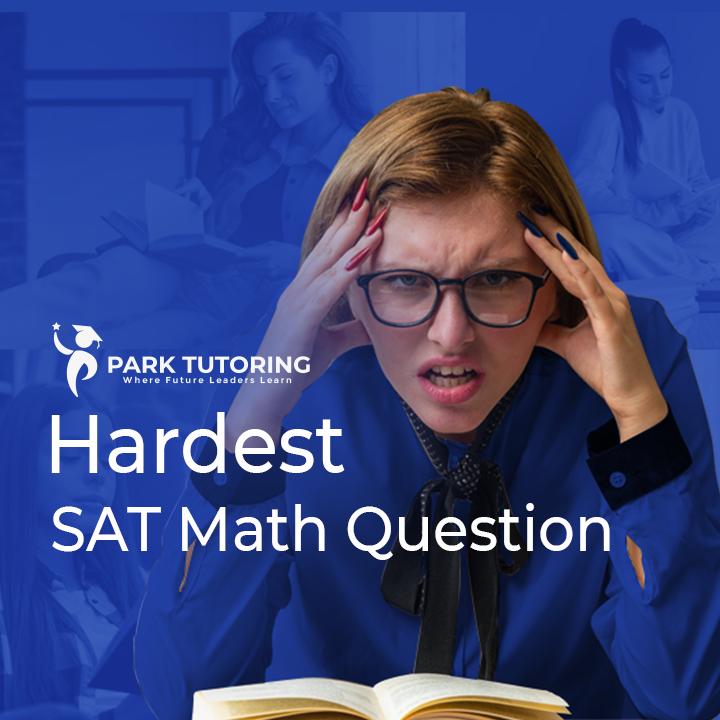
Mar 22, 2025
5 MIN READ
In-Depth Guide: How To Write Notes EFFECTIVELY!
Complete Guide to Write Effective Notes for SAT Pr...
Mar 22, 2025
5 MIN READ
Understanding Bullying: What It is and How to Deal With...
Learn what bullying is, its effects, and effective...
Mar 17, 2025
3 MIN READ
Hybrid Learning vs Blended Learning: What’s Best For ...
Confused between hybrid and blended learning? Disc...
Mar 15, 2025
6 MIN READ
The Benefits and Challenges of Online Learning
Explore the advantages and challenges of online le...
Mar 23, 2025
3 MIN READ
Mastering the Art of Self-Learn: Strategies for Autodid...
Unlock the secrets of effective self-learning. Dis....png)
Dec 20, 2022
3 MIN READ
10 Tips to Understand & Manage Academic Stress
Struggling with academic stress? Learn 10 proven t...
Dec 20, 2022
4 MIN READ
ACT Test Day Hacks and Tips for a Higher Score
Boost your ACT score with these quick test day tip...
Dec 21, 2022
4 MIN READ
ACT Tips and Tricks to Achieve Your Target Score
Boost your ACT score with these top 5 tips and tri...
Mar 25, 2025
2 MIN READ
Proven ACT Strategies: Tips to Boost Your Score & Confi...
Boost your ACT score with expert strategies! Learn...
Jan 25, 2023
3 MIN READ
SAT and ACT Myths, Truths, and Facts for 2025
Learn the truth about 7 common ACT� and SAT� test ...
Mar 25, 2025
3 MIN READ
Last-Minute ACT Tips: Quick Strategies to Boost Your Sc...
Short on time? Use these last-minute ACT tips to b...
Mar 25, 2025
8 MIN READ
ACT Preparation: What You Need to Know for Test Success
Get ready for the ACT with expert prep tips! Learn...LATEST POSTS

Boost Your Child's Skills with Italian Tutoring
Sep 12, 2025

Cracking the Code: How to Get Into Harvard in 2025
Sep 12, 2025


Achieve More with Personalized Guidance Today
Our dedicated tutors provide personalized support to guide you every step of the way—reach out now!
949-490-0872 Contact Us

.png)
